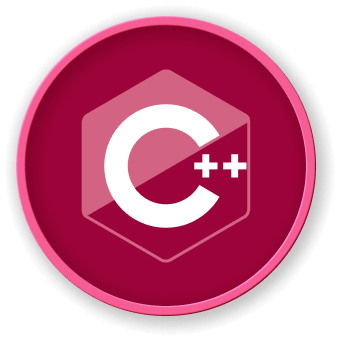Control Flow Techniques
Fall-Through Behavior
Fall-through occurs when a break statement is omitted, allowing execution to continue to the next case.
#include <iostream>
int main() {
int value = 2;
switch (value) {
case 1:
std::cout << "One ";
case 2:
std::cout << "Two ";
case 3:
std::cout << "Three" << std::endl;
break;
default:
std::cout << "Default" << std::endl;
}
return 0;
}
Fall-Through Visualization
graph TD
A[Enter Switch] --> B{value = 2}
B --> |Match Case 2| C[Print "Two "]
C --> D[Print "Three"]
D --> E[Exit Switch]
Intentional Fall-Through Techniques
| Technique |
Description |
Use Case |
| Explicit Fall-Through |
Use [[fallthrough]] attribute |
C++17 and later |
| Multiple Case Handling |
Group cases without break |
Shared logic |
Advanced Case Handling
#include <iostream>
enum class Color { RED, GREEN, BLUE };
int main() {
Color selectedColor = Color::GREEN;
switch (selectedColor) {
case Color::RED:
case Color::GREEN: {
std::cout << "Warm color" << std::endl;
break;
}
case Color::BLUE: {
std::cout << "Cool color" << std::endl;
break;
}
}
return 0;
}
Compile-Time Switch Optimization
#include <iostream>
constexpr int calculateValue(int input) {
switch (input) {
case 1: return 10;
case 2: return 20;
case 3: return 30;
default: return 0;
}
}
int main() {
constexpr int result = calculateValue(2);
std::cout << "Compile-time result: " << result << std::endl;
return 0;
}
Switch with Range Checking
#include <iostream>
#include <limits>
int main() {
int score = 85;
switch (score) {
case 90 ... 100:
std::cout << "Excellent" << std::endl;
break;
case 80 ... 89:
std::cout << "Good" << std::endl;
break;
case 70 ... 79:
std::cout << "Average" << std::endl;
break;
default:
std::cout << "Need improvement" << std::endl;
}
return 0;
}
Compilation Flags
To compile with C++17 features on Ubuntu 22.04:
g++ -std=c++17 switch_techniques.cpp -o switch_techniques
./switch_techniques
Best Practices
- Use
break to prevent unintended fall-through
- Leverage
[[fallthrough]] for intentional fall-through
- Group similar cases for concise code
- Consider compile-time optimizations
- Use constexpr for performance-critical switch statements
With LabEx, you can experiment and master these advanced switch control flow techniques in an interactive coding environment.




